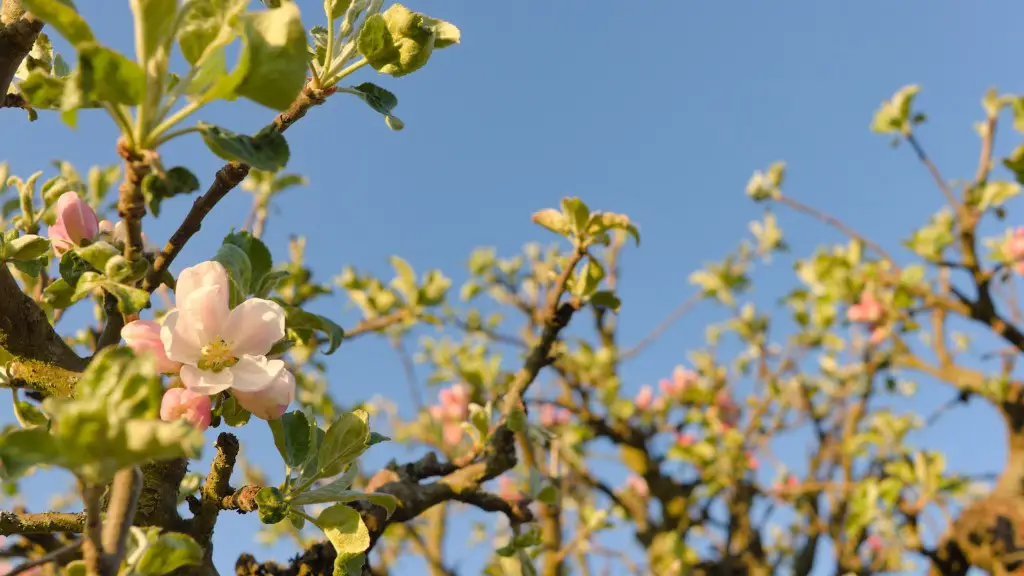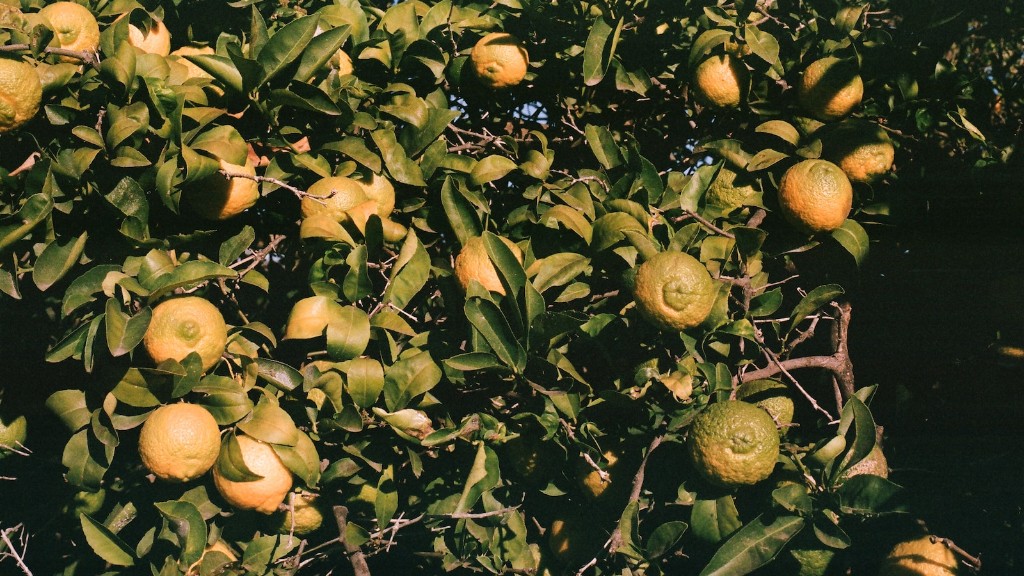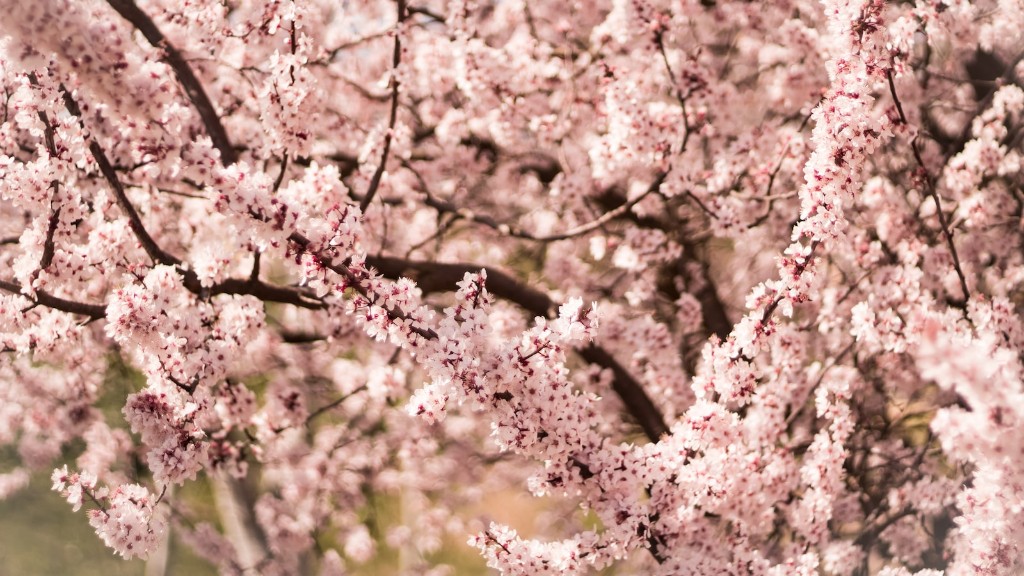Growing a lemon tree from seed is a rewarding experience, requiring patience and dedication. First, the seed must be extracted from an organic lemon. To do this, rinse the lemon and slice it in half. Dig out the seeds, taking care to discard any bits of fruit. Place the seeds in a bowl of water and gently rub them with your finger to remove any remaining matter.
Next, the seeds must be soaked in water for two days. This saturates them with water and causes them to swell, ensuring they’re ready for planting. Change the water every twelve hours or so to make sure they stay moist. After two days, the seeds should be ready for planting.
Growing lemon trees from seed requires a potting mix specifically formulated for citrus. Select one with a pH of about 6.5, as higher pH levels can impair the tree’s growth. Fill the pot with potting mix and add one seed per pot. Plant the seeds about an inch deep, pat the soil down and lightly water.
Place the pot in an area with plenty of sunlight, as adequate sun is essential for lemon tree growth. The temperature should remain steady between sixty-five and eighty-five degrees Fahrenheit. Misting the soil to keep it moist is important, as is fertilizing the soil with a citrus fertilizer. It should be fertilized every two to four weeks.
Finally, it is important to monitor the soil for pests and diseases. If any are detected, take immediate action to eliminate them; otherwise the tree may not survive. With enough patience and dedication, a healthy lemon tree should develop and produce fruit within five to ten years.
What type of pot should I use?
When growing lemon trees from seed, it is important to use the right type of pot. The best pots for growing lemon trees are those with drainage holes, to ensure that the soil does not become waterlogged and the roots do not rot. Clay pots are usually the best choice, as their porous nature allows moisture to pass through and helps regulate the soil’s temperature.
It is also important to choose a pot that is large enough for the seed’s root system, as it will need plenty of room to expand. A pot between twelve and fifteen inches in diameter is usually a good size for a lemon tree. If multiple lemon trees are being grown from seeds, each should have its own pot.
When Should I Fertilize the Soil?
As mentioned above, it is important to fertilize the soil of a lemon tree to ensure it’s healthy and produces fruit. Fertilizing the soil should be done every two to four weeks, using a fertilizer specifically made for citrus. This type of fertilizer contains the necessary N-P-K nutrients and micro-nutrients to help the lemon tree thrive.
It is important to carefully measure out the fertilizer, as too much fertilizer can “burn” the soil and damage the tree. For a single tree, the recommended amount is usually about one tablespoon of fertilizer for each gallon of soil. Spread the fertilizer evenly around the area and lightly water it in.
What Kind of Sun Should the Tree Have?
Lemon trees need plenty of sun in order to grow and produce fruit; thus, it is important to place the pot in an area that receives at least six hours of full sun. If necessary, the tree can be moved to a shadier area in the summertime, as the intense mid-day sun can be damaging to the tree’s leaves.
It is also important to keep the temperature stable. Ideal temperatures range from sixty-five to eighty-five degrees Fahrenheit. If temperatures dip to fifty or lower, the tree may be in danger of freezing and should be protected with a blanket or tarp.
Are There Other Things I Should Worry About?
Monitoring the lemon tree for pests and diseases is also important. Take care to check the soil periodically, as well as the leaves and stems of the tree. If any pests or diseases are detected, take immediate action to eliminate them, such as using an insecticide or fungicide.
It is also important to prune the tree periodically, as this helps to encourage the development of more fruit. Pruning should only be done in the summertime, and it is best to only remove about one-third of the tree’s branches. This will help keep the lemon tree healthy and productive.
What are the Challenges in Growing a Lemon Tree from Seed?
Growing a lemon tree from seed can be a difficult process, especially if one is not experienced. The seed must be extracted from an organic lemon and soaked in water, then planted in the right type of soil and pot. The pot must also be placed in an area that receives plenty of sunlight, and the temperature needs to remain steady for the tree to grow.
Fertilizing the soil and monitoring the tree for pests and diseases is also necessary, as is pruning the tree at certain times of year. All of these things can be difficult and time-consuming to do, and lemon trees tend to take five to ten years to produce fruit. Thus, it is important to be patient and understand that not every seed will always succeed.
Does the Tree Require Pruning?
Pruning lemon trees helps to promote vigorous growth, which will help the tree produce more fruit. The best time to prune is in the summertime, but it is important to only remove about one-third of the branches. This should be done carefully, as pruning a tree too much can inhibit its development.
It is also important to remove dead or diseased branches, as well as any branches that are crossing and rubbing against each other. Removing these will help keep the tree healthy and promote better airflow. Pruning should only be done with sharp, clean pruning shears, and all pruning cuts should be made at a forty-five degree angle.
How Often Should I Water the Lemon Tree?
Watering the lemon tree is essential for its health and growth. Newly planted trees should be watered about once a week, with about eight inches of water each time. This should be done in the evening, as watering during the day can scorch the leaves. As the tree matures, it should be watered two to three times a week, depending on the soil. The soil should be slightly moist, but not waterlogged.
In addition to watering, it is important to mist the leaves of the tree with a spray bottle. This helps to keep the air around the lemon tree humid, which can help prevent diseases. Misting should be done two to four times a week, making sure not to oversaturate the leaves.



